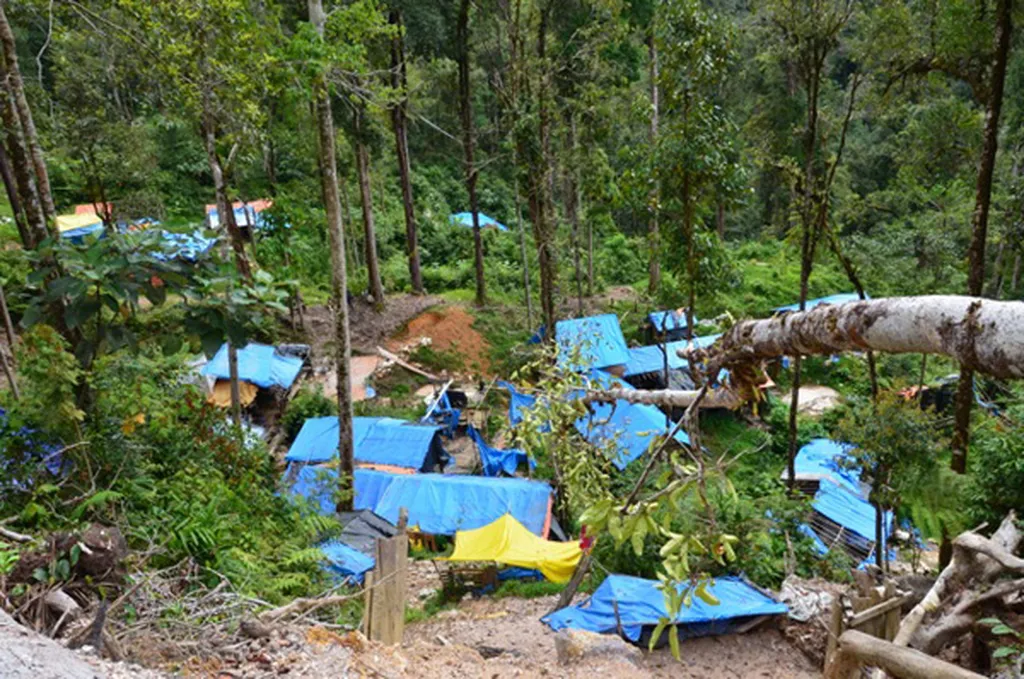In the heart of Lampung Province, Indonesia, a silent crisis is unfolding along the Way Ratai River. Small-scale gold mining activities, while economically vital, are leaving an indelible mark on the region’s waterways. A groundbreaking study led by Vedelya Istighfara from the University of Lampung has unveiled alarming levels of heavy metals in both the river’s water and sediment, painting a stark picture of environmental degradation that could have far-reaching implications for the energy and mining sectors.
The research, published in the *Journal of Degraded and Mining Lands Management* (translated as *Journal of Degraded and Mining Lands Management*), focuses on zinc, copper, cadmium, iron, and manganese—metals that, while naturally occurring, can become toxic at elevated levels. Using advanced techniques like inductively coupled plasma optical emission spectroscopy (ICP-OES) and X-ray fluorescence, Istighfara and her team collected and analyzed samples from five strategic locations along the Way Ratai River.
“What we found was concerning,” Istighfara stated. “The concentrations of these metals, particularly in the sediment, were significantly higher than regional background levels. This indicates that the river is acting as a sink for these contaminants, which could have serious ecological and health implications.”
The data revealed that while the river water showed relatively low levels of zinc, manganese, and iron, the sediment told a different story. Zinc levels in the sediment averaged 702.62 ppm, manganese 685.60 ppm, and iron a staggering 2,954.72 ppm. Copper, although below detection limits in the water, was present at 253.84 ppm in the sediment. These findings suggest that the river’s sediment is accumulating heavy metals at rates that could pose long-term risks to aquatic life and human health.
The commercial impacts of these findings are profound. The energy sector, which often relies on water resources for cooling and processing, could face increased operational costs due to the need for advanced water treatment and monitoring systems. Additionally, the mining industry itself may need to invest in more stringent waste-management protocols to mitigate the release of heavy metals into the environment.
“This research is a wake-up call,” Istighfara emphasized. “It highlights the urgent need for integrated waste-management strategies, such as coagulation and adsorption systems, to prevent further contamination and protect downstream ecosystems and communities.”
The study’s use of spatial interpolation via ArcGIS with an inverse distance weighting algorithm has provided a detailed map of contamination hotspots, offering a spatially resolved framework for monitoring and remediation efforts. This innovative approach could set a new standard for environmental assessments in mining-impacted watersheds worldwide.
As the energy and mining sectors continue to evolve, the findings from this research underscore the importance of sustainable practices. By addressing heavy metal pollution head-on, these industries can not only protect the environment but also ensure their long-term viability and social license to operate.
In a world where environmental and economic concerns are increasingly intertwined, Istighfara’s research serves as a crucial reminder that the path to sustainable development lies in balancing economic growth with environmental stewardship. The Way Ratai River’s story is one of caution, but it also offers a roadmap for a more sustainable future.

